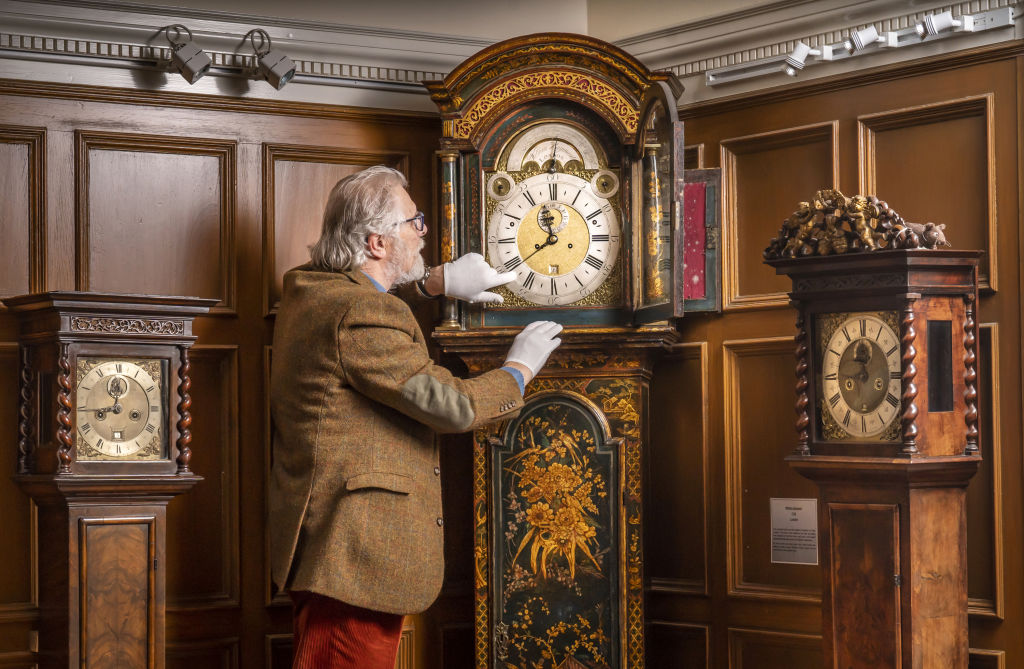It’s that time of year again, when we all struggle with losing an hour of sleep and gaining an hour of sun in the evening. It is also that time when the debate about ending daylight saving starts making its rounds. In 1907, British builder William Willet advocated for changing the hours of sunlight. In a pamphlet titled “A Waste of Daylight,” he wrote: “The sun shines upon the land for several hours each day while we are asleep,” and yet there “remains only a brief spell of declining daylight in which to spend the short period of leisure at our disposal.” After numerous attempts through the years, we ended up with a time system that requires us to “spring forward” and “fall back” each year – and folks have been trying to end it ever since.
In March 2022, the Senate’s Sunshine Protection Act was unanimously passed; however, as then-House Speaker Nancy Pelosi said, “it’s not going to be much of an issue” for her or the other politicians. You see, it was midterm election time, and representatives had other, more important things on their minds. While polls show that Americans would rather a permanent schedule, the House never bothered to hold a vote.
 Senator Marco Rubio (R-FL) has re-issued the annual challenge. “We’re ‘springing forward’ but should have never ‘fallen back,’” he said in a statement. “My Sunshine Protection Act would end this stupid practice of changing our clocks back and forth.”
Senator Marco Rubio (R-FL) has re-issued the annual challenge. “We’re ‘springing forward’ but should have never ‘fallen back,’” he said in a statement. “My Sunshine Protection Act would end this stupid practice of changing our clocks back and forth.”
Daylight Saving Time Throughout the Ages
The idea of having a daylight saving time schedule was first introduced in the 1800s. In 1883, time zones were introduced to help avoid train crashes as the locomotives traveled the countryside, the first step toward today’s changing of the clocks. In May 1916, Germany was the first to officially mess with time to save fuel during World War I, and on March 19, 1918, the US followed suit. At that period, it was initially mandated for six months.
 The official reason for the change was to save fuel, but as Michael Downing, author of Spring Forward: The Annual Madness of Daylight Saving Time, pointed out, the US Chamber of Commerce was the main backer of the policy because an extra hour of light in the evenings meant people were more likely to go out shopping.
The official reason for the change was to save fuel, but as Michael Downing, author of Spring Forward: The Annual Madness of Daylight Saving Time, pointed out, the US Chamber of Commerce was the main backer of the policy because an extra hour of light in the evenings meant people were more likely to go out shopping.
The sports and recreation industry were also in favor of the change. “Golf ball sales skyrocketed during Daylight Saving Time,” Downing said. “Baseball is a huge early supporter, too, because there’s no artificial illumination of parks, so to get school kids and workers to ball games with the extended daylight, they have a later start time.”
Not everyone was a fan, especially in the entertainment field, as Downing pointed out. “The movie industry hated Daylight Saving Time because people were much less likely to go into dark theaters when it was bright outside.”
A 1917 poster featuring Uncle Sam pointing at a clock read: “Victory! Congress Passes Daylight Saving Bill” with a caption at the bottom reading “Get Your Hoe Ready.” This seemed to indicate farmers approved the new changes when, in fact, many were against it. This meant they had less time in the morning to milk their cows and harvest crops to take to the market. Some said it was “taking us off God’s time,” Time reported. Downing explained:
“It’s so unpopular when we experiment with Daylight Saving Time during World War I that before the Versailles Treaty is signed [at the end of the war], Congress is forced to sign a repeal to quell the revolt from the farm lobby, it’s that potent a lobby.”
The next daylight saving time policy came in 1942 during World War II. After it ended, New York City continued to observe the schedule, which caused confusion since it was a financial capital area. Other cities eventually followed the Big Apple’s example. The result, Downing explained, was “cities observing Daylight Saving time surrounded by rural areas that are not, and no one can tell what time it is anywhere.” The Time’s letters department received a poem from an Ohio man: “To miss a train or business deal, / Because our clocks are without keel / Can cause a nation loss of gold / E’en worse than all the misers hold.”
The confusion continued until 1966 when President Lyndon B. Johnson signed the Uniform Time Act. Under this policy, daylight saving time and standard time would each be observed six months out of the year, although states could opt out. Arizona, for example, chose not to follow it since it didn’t make much sense when summers are more than 100 degrees anyway.
In 1973, President Richard Nixon enacted a year-round daylight saving time after the oil embargo went into effect. This didn’t last long, though, and in 1986, another month was added so that Americans had to observe DST for seven months. This was a boom for manufacturers, which “the golf industry and manufacturers of barbecue equipment claimed was worth between $200 million and $400 million,” Time reported. So, in 2005, yet another 30 days was added, and the US now observed eight months a year of DST.
Originally, daylight saving time was integrated to save energy, especially during times of war. It was added to and continued for various reasons, but a 2008 US Department of Energy report found that there was only a 0.5% decrease used in electricity since the extra month was added in 2005. In fact, in some areas, that extra hour actually increased power usage as demonstrated in a 2011 study by economists Matthew J. Kotchen and Laura E. Grant. They found that some Indiana counties showed an increase in consumption of as much as 4% after going to DST.
Since DST was first initiated, we’ve seen how certain industries have benefited financially with an extra hour of sunlight. So, is daylight saving time more about saving energy, health, or wealth? Last year, a YouGov poll of 1,000 US adults showed that, while 56% said they preferred the extra hour of sun instead of the standard time, 62% said switching between daylight saving and standard time should be eliminated and we should instead have one or the other for the entire year.




